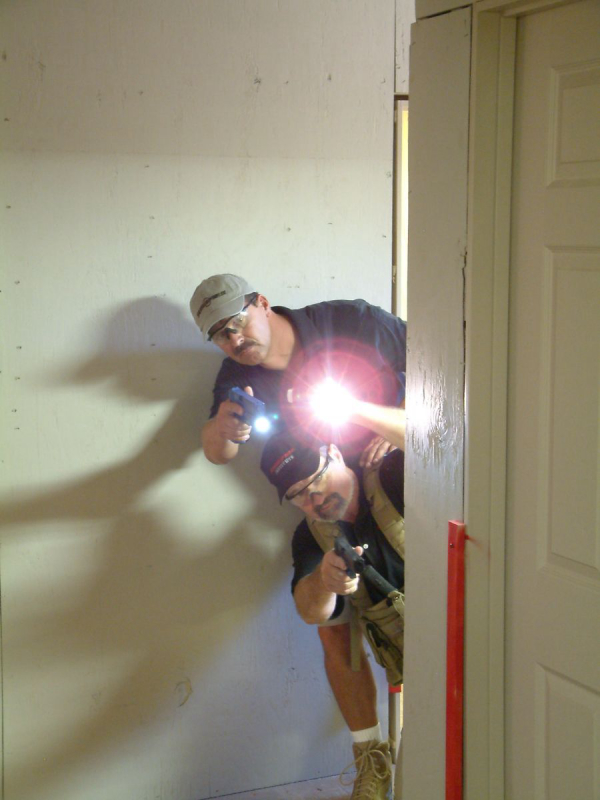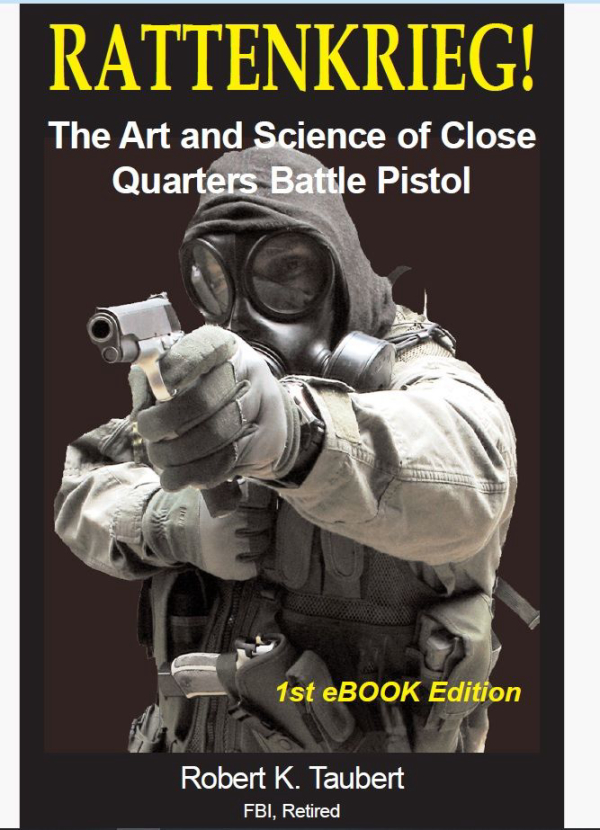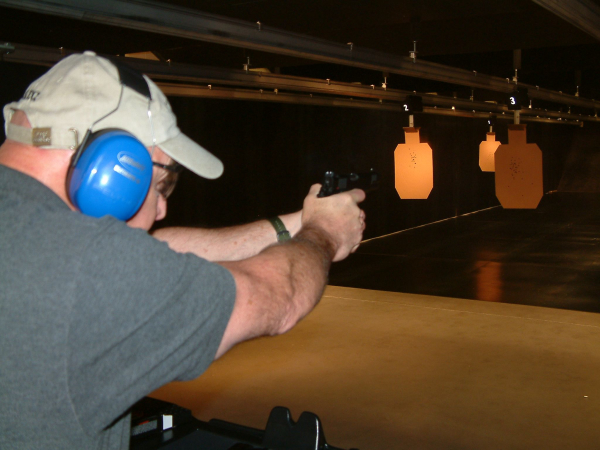A post from the Oklahoma Law Enforcement Memorial on Sunday told the story of the loss of a Tulsa Oklahoma police officer 44 years ago. A canine officer, he was on patrol at 2 AM when he noticed an open door at an “insurance merchandise” business. The 29-year-old officer and his canine partner entered to search for burglars.

Meanwhile, a retired trooper was working security in that building – a place that had been kicked in before and from which he’d chased two burglars only a short time before.
Seeing a silhouetted person at the door of the office he was in – while calling in the offense – he grabbed the 12-gauge shotgun and fired from about 35 feet away.
The mortally wounded officer was covered (literally) by his canine partner until help arrived.
This comes up shortly after I’d been in discussion about having coverage of night vision gear and thermal imagers for tactical use. My response was “unless you’re on a battlefield with only enemy combatants to your front, I’m not sure what good the technology does for most police, security and home defenders.”
I confess to not knowing if you can easily make positive identification of a person in darkness through such devices; I recall the “IR tags” people wore during the Global War on Terror for just such reasons.
If you can absolutely identify the person to your front with such gear, outstanding. I’m for it.
In any event, firing on a shadow, a “silhouette,” a noise, or sudden movement, is bound to lead to negative outcomes.
The fallen officer left his wife and two daughters. The retiree was not criminally charged – but I imagine he was tortured by the decision he made that night for the rest of his life.
There’s never only one victim.

In keeping with that bit of sadness, I’m compelled to pass along information that Marine, FBI Agent, author, instructor Robert K. Taubert has passed. Known to many readers of various industry publications as “Bob Pilgrim” (a pen-name he used during his active service), he was also the author of the go-to text on CQB, RATTENKRIEG! – The Art and Science of Close Quarters Battle Pistol.
His career was broadly varied – a Marine who qualified at Army Ranger School, did time in Vietnam, followed to a career in the FBI, he also taught at the Smith & Wesson Academy and SIG Academy.
Bob trained with various units overseas during his tenure, learning their techniques and tactics. Rereading my “e-copy” of his book, I was struck by his method in exploring the best use of the combat handgun. He discusses various techniques, gives the “why” of each while listing their advantages/disadvantages.
He did have preferences, just as he carefully avoided moving the reader into or out of any particular method. You get the information; work with it and sort it out.

He was an imposing man. I first met him on a trip to Norfolk where BLACKHAWK! was located. We didn’t get much of a chance to talk, but I watched him. Somewhere I have a photo of him shooting a pistol. It’s not that Bob’s technique was unique, but it was more the way he presented; a physical attitude.
He was a hell of a shot.
On a trip to Woolrich, PA, I had more opportunities to chat with him. I got the impression of someone opinionated. When he and I were stranded at a small hotel overnight awaiting a flight out after the event, he quickly destroyed that notion.
He was a learner, a key component to being a teacher. His analysis was keen and he sought the better way.
I have no information as to the arrangements, but I mourn his passing – as many in his family, the industry, and the agency do.
When last I knew, his book was still available through Saber Press. I recommend that we don’t lose the knowledge passed along by those who have gone on ahead of us. It’s worth inclusion in your professional library.
Godspeed, Bob.
— Rich Grassi